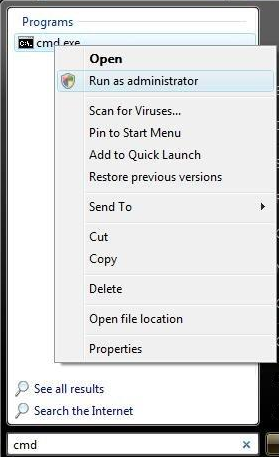
Kms Client Exe Parameters Magazine
Contents • • • • • • • • • • List [ ] • The original SYSLINUX, used for booting from and filesystems (such as floppy disks and USB drives). • ISOLINUX, used for booting from filesystems.
Dec 9, 2016 - slmgr /skms activationservername:port (set the KMS server and the port used for KMS activation for Windows Vista Business edition. Download disciplina inteligente vidal schmill pdf creator. Jan 13, 2017 KMS Server and how to go about activating clients. By default the Windows download from VLSC comes with the KMS client key built into the download. I found this in a thread, and it was in fact no joke, ran the.exe file and within seconds my KMS server was showing 25 counts from a starting point of 4 counts. URL download: https.
• PXELINUX, used for booting from a network server using the (PXE) system. • EXTLINUX, used to boot from //,,, or filesystems. And are also supported. • MEMDISK, used to boot older operating systems like from these media. • Two separate menu systems. • A development environment for additional modules. Use [ ] SYSLINUX and ISOLINUX [ ] SYSLINUX is not normally used for booting full Linux installations since Linux is not normally installed on FAT filesystems.
Instead, it is often used for boot or rescue floppy discs,, or other lightweight boot systems. ISOLINUX is generally used by Linux and bootable install CDs. A minor complication is involved when booting from CD-ROM. The allows for booting in two different modes: • Floppy emulation mode – the boot information is stored in an image file of a -formatted floppy disk, which is loaded from the CD and then behaves as a virtual floppy disk. This mode uses SYSLINUX. • No emulation mode – the boot information is stored directly on the CD (not in a floppy image).
This mode uses ISOLINUX. To have this choice is sometimes useful, since ISOLINUX is vulnerable to bugs; for that reason, it is handy to be able to boot using SYSLINUX. This mostly affects computers built before about 1999, and, in fact, for modern computers no emulation mode is generally the more reliable method. The use of SYSLINUX for the creation of Live USBs is growing, though, and allowing the creation of distributions like that allow users to try Linux with complete interactivity and persistent changes without needing to install it on their hard disk. Newer ISOLINUX versions allow for creation of so-called 'hybrid ISO' images, that put both CD el-torito and HDD MBR boot records into an ISO image, which lets users use a single-image as either a CD/DVD boot or USB boot. PXELINUX [ ] PXELINUX is used in conjunction with a -compliant on a (NIC), which establishes a PXE environment that uses or to configure its minimalistic capable of networking, and then downloads a program via.